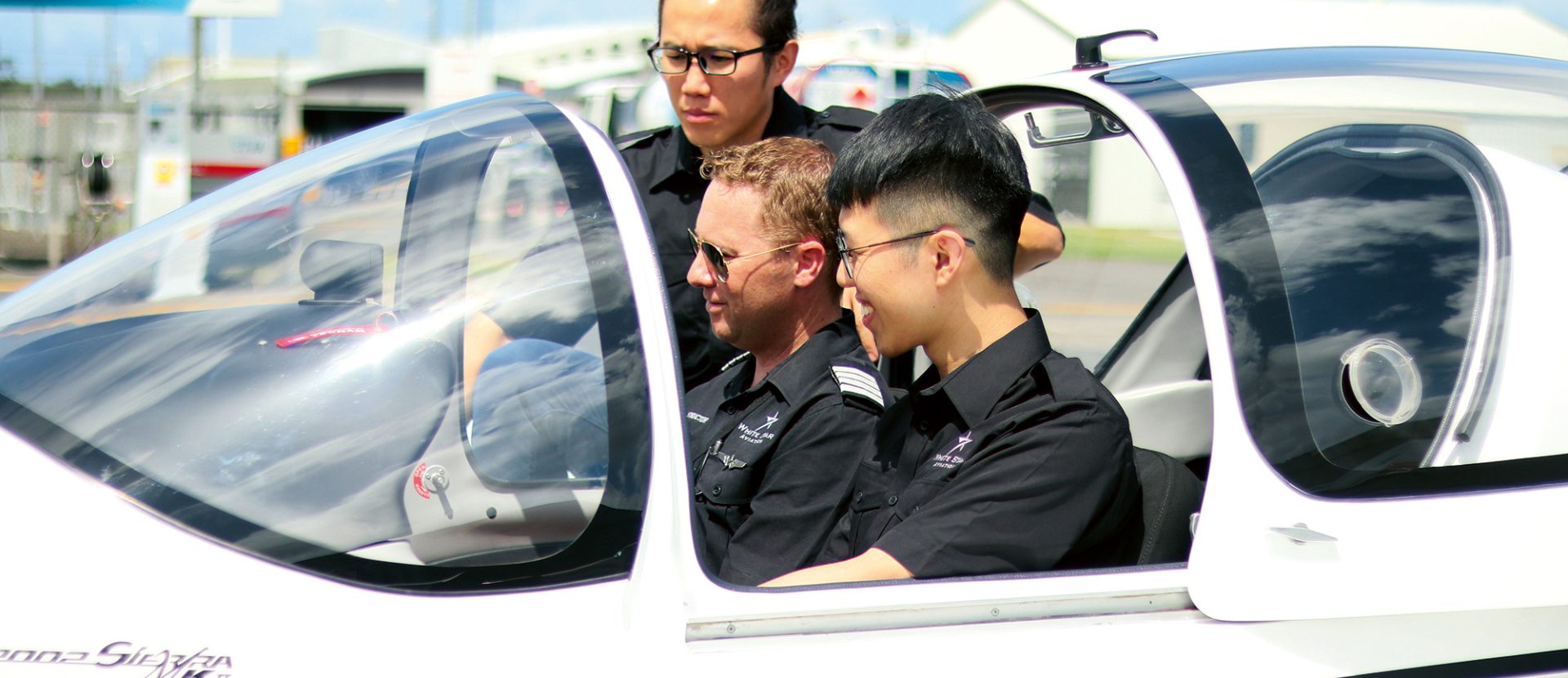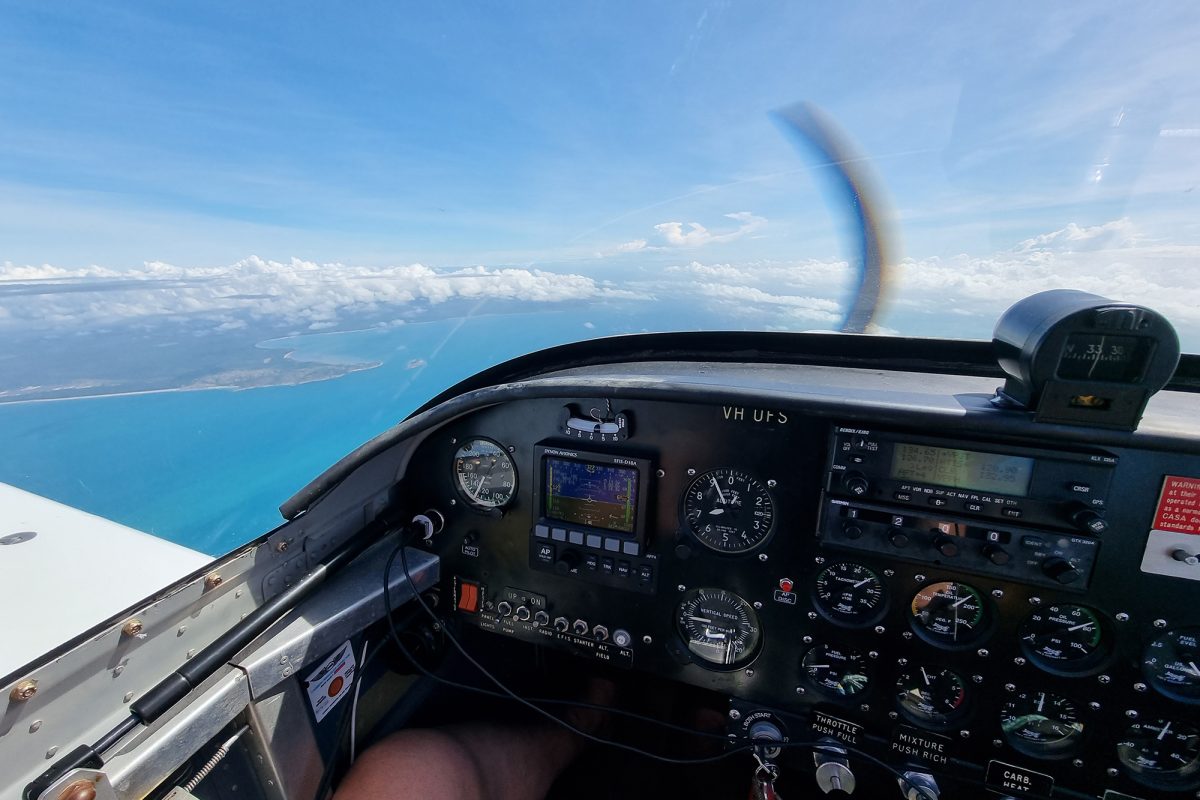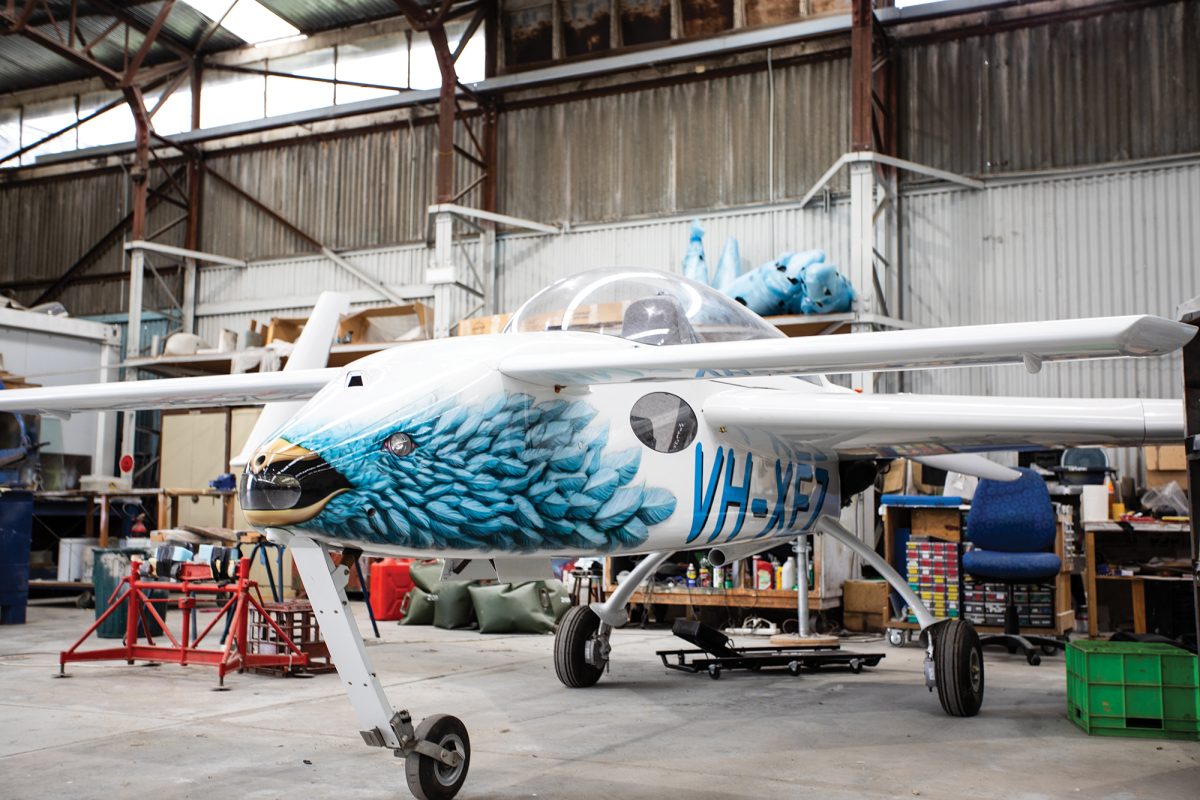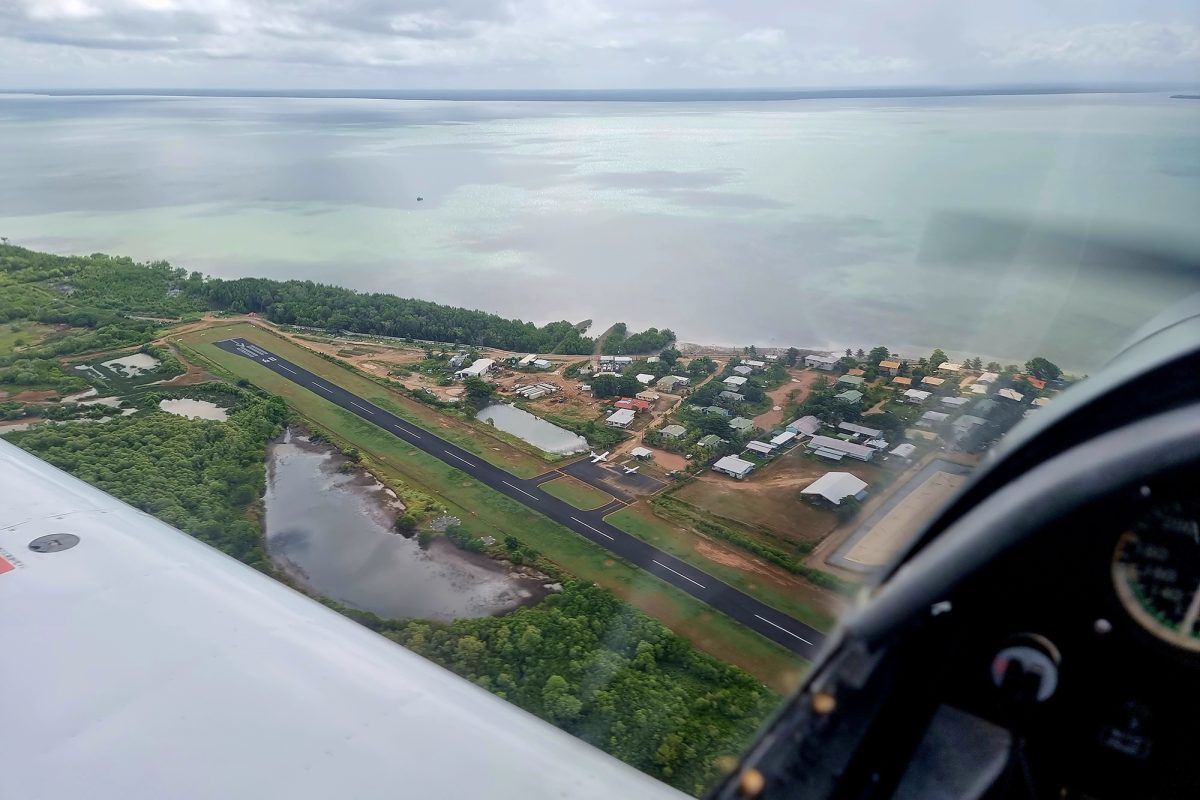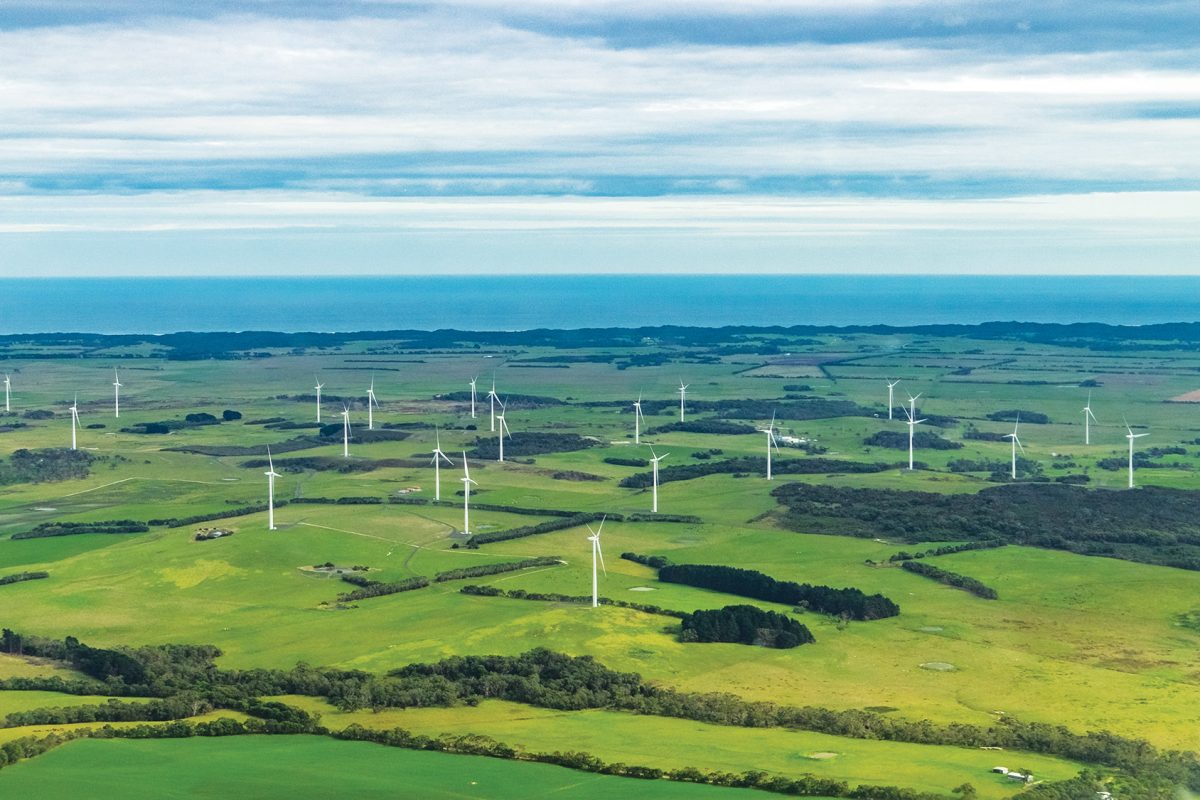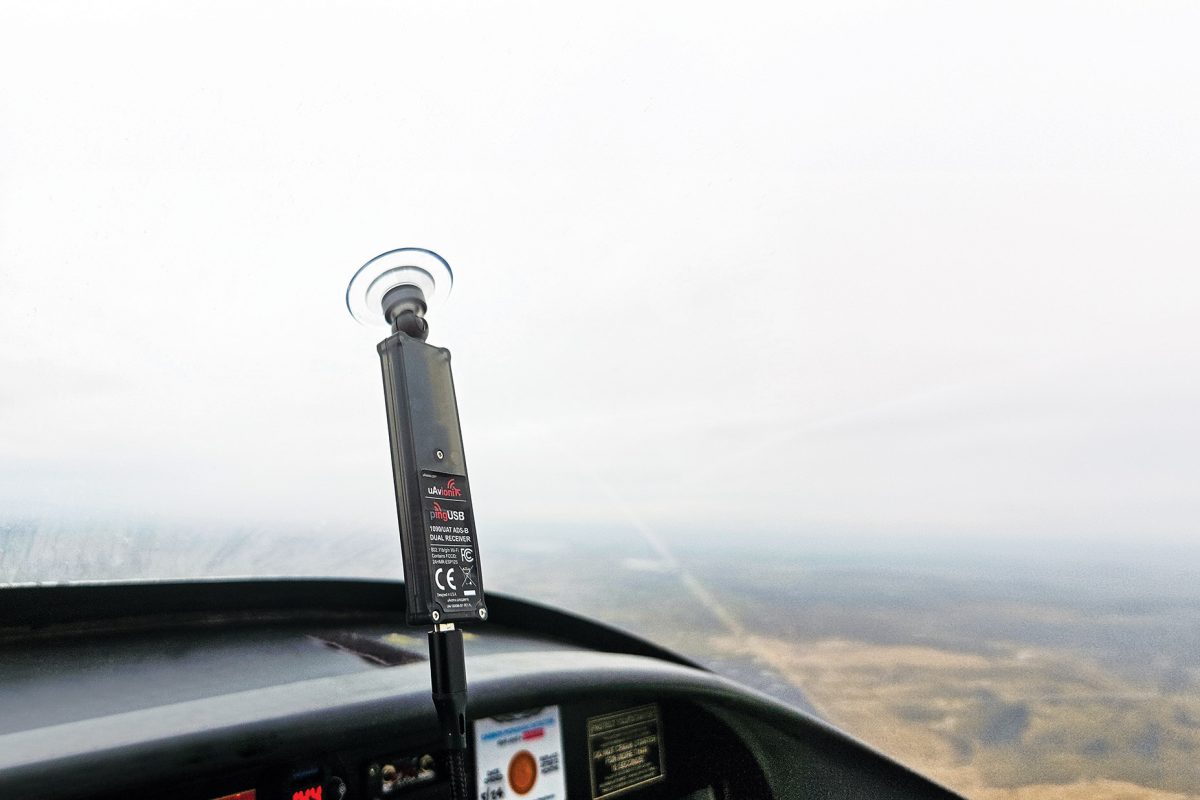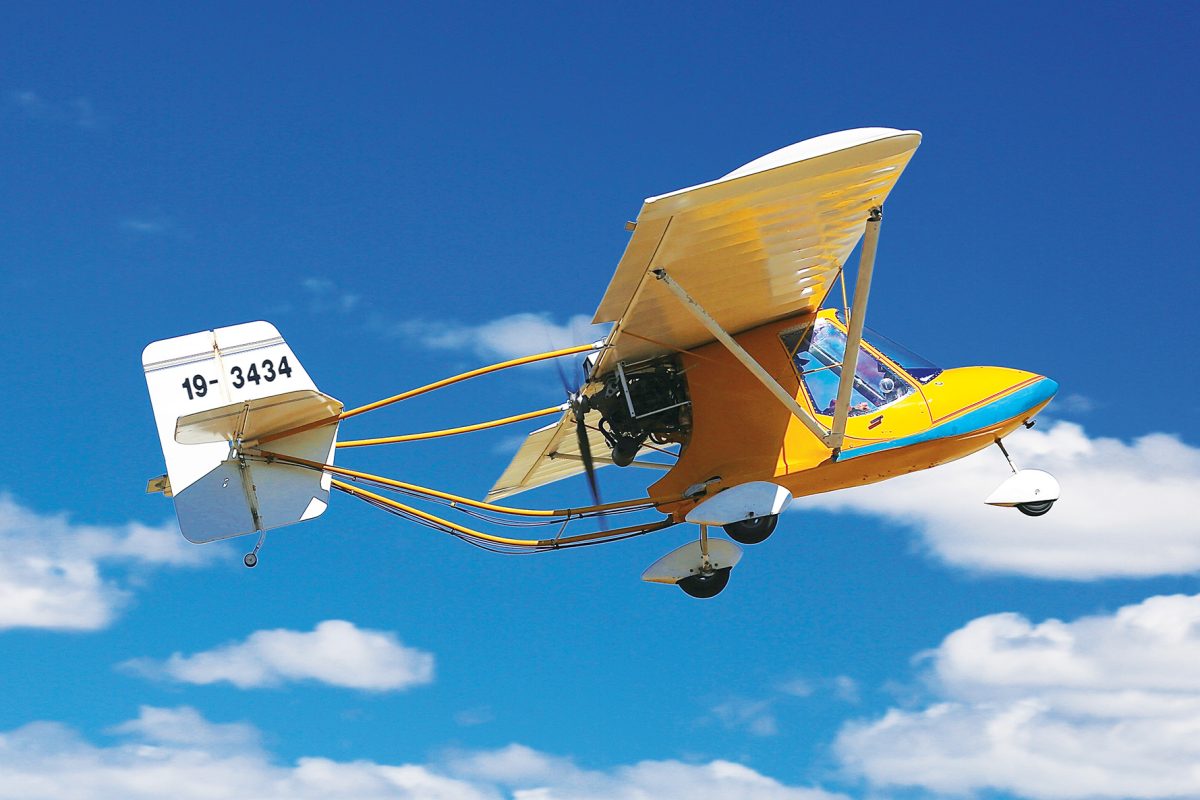LEARNING TOGETHER
The aviation landscape has gone through unprecedented change in the last 20 years from top to bottom with opportunities and threats around every turn and every level. We often reflect on our place in the industry in this constantly changing environment. This constant state of change has been highlighted in the COVID-19 era with collaboration, innovation and flexibility key attributes for flight training schools to continue to prosper. With training being such an important platform to start your aviation journey, let’s take a closer look at how RAAus is growing and changing in this dynamic environment.
FLIGHT OPTIONS
The pathways available to become a pilot today are vastly different to those available to our grandparents. These pathways are also more diverse for those who wish to fulfil their dream of flight. Recreational flying, initially a pursuit for the adventurous and an inexpensive alternative, gradually became part of the professional aviation world with increasing costs and complexity which appear to be the domain of the rich and fortunate. Even formal flight training was selective with a major focus on career progression from military or commercial backgrounds with the lucky few who could work their way through the hoops to get a commercial licence and that elusive airline job. “Hour building” was predominately the domain of the “GA” sector, with charter and specialist operations serving the vast needs of Australia’s geographically diverse transport network.
But quietly in the background, behind the hills of the busy metro airports, the maturity of sport flying was becoming evident. Early aircraft designs were giving way to innovative and sleek ultralight designs. While at the same time, an emerging manufacturing industry in Australia saw Jabirus, Lightwings and Drifters amongst others filling the skies on weekends, training an ever-growing nest of fledgling pilots who had almost abandoned their dreams due to costs, complexity and regulations.
Fast forward 20 years and general aviation is now embracing the modern 2-seat ultralight and Light Sport Aircraft with a plethora of aircraft options which sit side by side on the flight line with Piper and Cessna aircraft at many established training facilities. Learning to fly in recreational aircraft has created a rebirth in fundamental flying skills with light low-inertia aircraft rewarding pilots who learn good stick and rudder skills and the fine touch required in take-off and landings.
Once banished to the back blocks and paddocks, recreational flight schools now operate at the majority of busy metropolitan secondary aerodromes, within controlled airspace and easy accessibility to the greater urban population.
Adding to this success, secondary and tertiary education facilities have also embraced the academic options available in aviation. Science, Technology, Engineering, and Mathematics (STEM) programs are now blended into an array of education and vocation options that are provided to students with practical pathways into aviation careers.
Finally, many new recreational aircraft are equipped with modern fuel-efficient engines, avionics and technologies that are at the forefront of design with performance. The operating costs also provide an affordable option for sustained lower cost training. These aircraft are now capable of matching their bigger and more sophisticated cousins, giving advancing pilots an insight into more complex single engine operations involving retractable undercarriage, autopilots, EFIS and EMS avionics and variable pitch propeller systems.
The convergence and collaboration of traditional training options with RAAus flight training is the shot in the arm that a waning General Aviation sector has needed. As RAAus continues to mature and occupy an increasing part of the flight training landscape, the industry is recognising our place in supporting sustainability, growth and accessibility. With the support of the regulator in accepting aeronautical experience and theory competencies for transition to a recognised licence, the future for this new multi-layer training platform looks promising.
RAAus has formed part of this growth, expanding and maturing our training, documents, standardisation and more, as the aircraft improved in performance.
But despite this quiet achievement which has grown over 40 years in Australia, one thing has never changed. Recreational aviation is always about the fun – now, that’s seriously worth considering no matter where your flying journey takes you.
